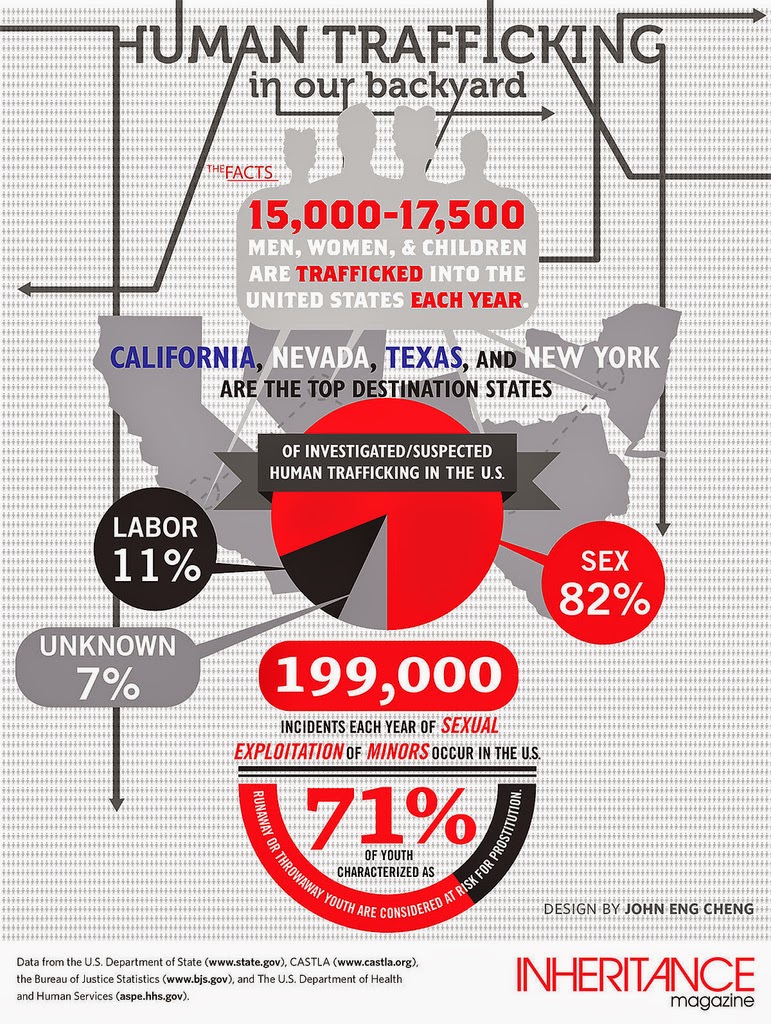Being in foster care does not mean a person is automatically set up to have a bad life. It does not mean the person will never go to college, will never have a decent job, or will never be accepted in society. In fact, there are many famous people that society looks up to that have been fostered or adopted. There are more celebrities that were fostered than I even realized. Here is a compilation of some foster kids who have gone on to do great things.
1. Steve Jobs

Many people know that Steve Jobs, the co-founder and CEO of Apple was adopted. His birth mother was single when Jobs was born. Many mothers who gave birth "out of wedlock" were shamed into giving their babies up for adoption. Paul and Clara Jobs adopted him soon after he was born. His biological mother Jobs to be able to have a life that she knew she would not be able to give him. She wanted him to go to college and become successful. Though Jobs did not graduate from college, he did become successful with the help of his foster parents, who looked out for him even when he was committing a lot of trouble in school.
2. John Lennon

John Lennon grew up to form one of the greatest rock groups of all time, The Beatles. Lennon had a rough childhood, and was sent to live with another family member by the foster system. His father went AWOL while on a naval ship and his mother was unable to care for him. He grew up in the care of his Aunt Mary, and music became a major part of his life in his teenage years. His Aunt actually did not approve of his interest in music. It was his mom, who he did still have contact with, that had bought him his first guitar.
3. Bill Clinton
Bill Clinton, former President of the United States, was born to a widowed mother. His mother traveled to New Orleans to study nursing, and was unable to take Clinton with her. He was sent to live with his grandparents as a child.
4. Dave Thomas
Dave Thomas is the founder of Wendy's. He was adopted at six weeks old. Because of his experience, he created the Dave Thomas Foundation for Adoption.
5. Nelson Mandela
Nelson Mandela was adopted at the age of 9 by Chief Jongintaba Dalindyebo, who was the acting regent of the Thembu people. This occurred after Mandela's father had died.
6. Babe Ruth
Babe Ruth, or George Herman Ruth Jr., is one of the most famous baseball players there are. He was sent into care at age 7. His parents sent him and his sister to orphanages. In the orphanage, Ruth met Brother Matthias and began to learn the sport of baseball.
7. Marilyn Monroe
Marilyn Monroe is one of the most popular movie icons of all time. She overcame many obstacles to achieve fame. She was born to a single mother, who was later diagnosed as mentally insane and had been sent to an asylum. She struggled with not knowing her father. She then spent many years of her childhood in foster homes.
8. James Dean
James Dean is was one of the most popular "bad boys". At the age of 5, his mother passed away. He then was fostered by his Aunt and Uncle on their farm in Indiana.
9. Cher
Cher's early life with her mother was spent mostly in poverty. Her mother became too ill to take care of her when she was just 2 years old, causing Cher to be placed in care. Her grandparents were a major part of her upbringing. She was able to return to the care of her mother once the illness passed.
10. Eddie Murphy
Eddie Murphy is a comedy icon of today. His parents divorced when he was three years old. His father died 5 years later. Eddie and his brother were struggling with his mom. His mother was hospitalized for a period of time, which led to his placement in foster care. Though his experience in foster care was short, it had a major impact on his life. He was in foster care for just about a year, and he credits his experience to the development of his sense of humor and making him realize how important it is to find something to laugh at in every situation.
Fostering kids has also appeared in fiction. Here are the two of the most popular fostered kids in fiction.
1. Harry Potter
The boy who lived's parents were killed one night by Voldemort in the overly popular book/movie series
Harry Potter. He was then placed on the porch of his muggle Aunt, Uncle, and Cousin, who became his guardians before his attendance at Hogwarts.
2. Superman

Superman is a popular superhero. Born on the planet Krypton, he was the sole survivor. He was found by Jonathan and Martha Kent on Earth. They rescued the boy and took him to an orphanage, declaring him an abandoned child. They later returned to retrieve the boy. They named him Clark and took him home to raise as their own son.





































